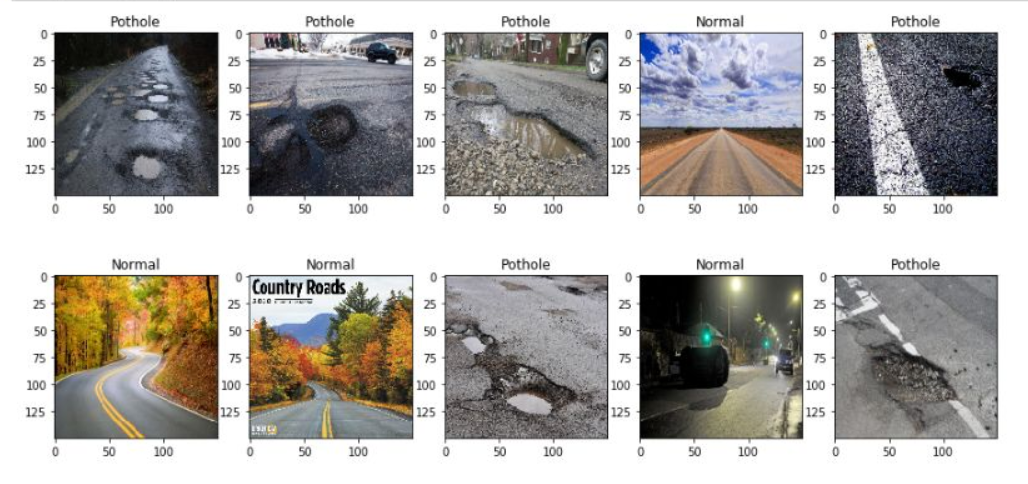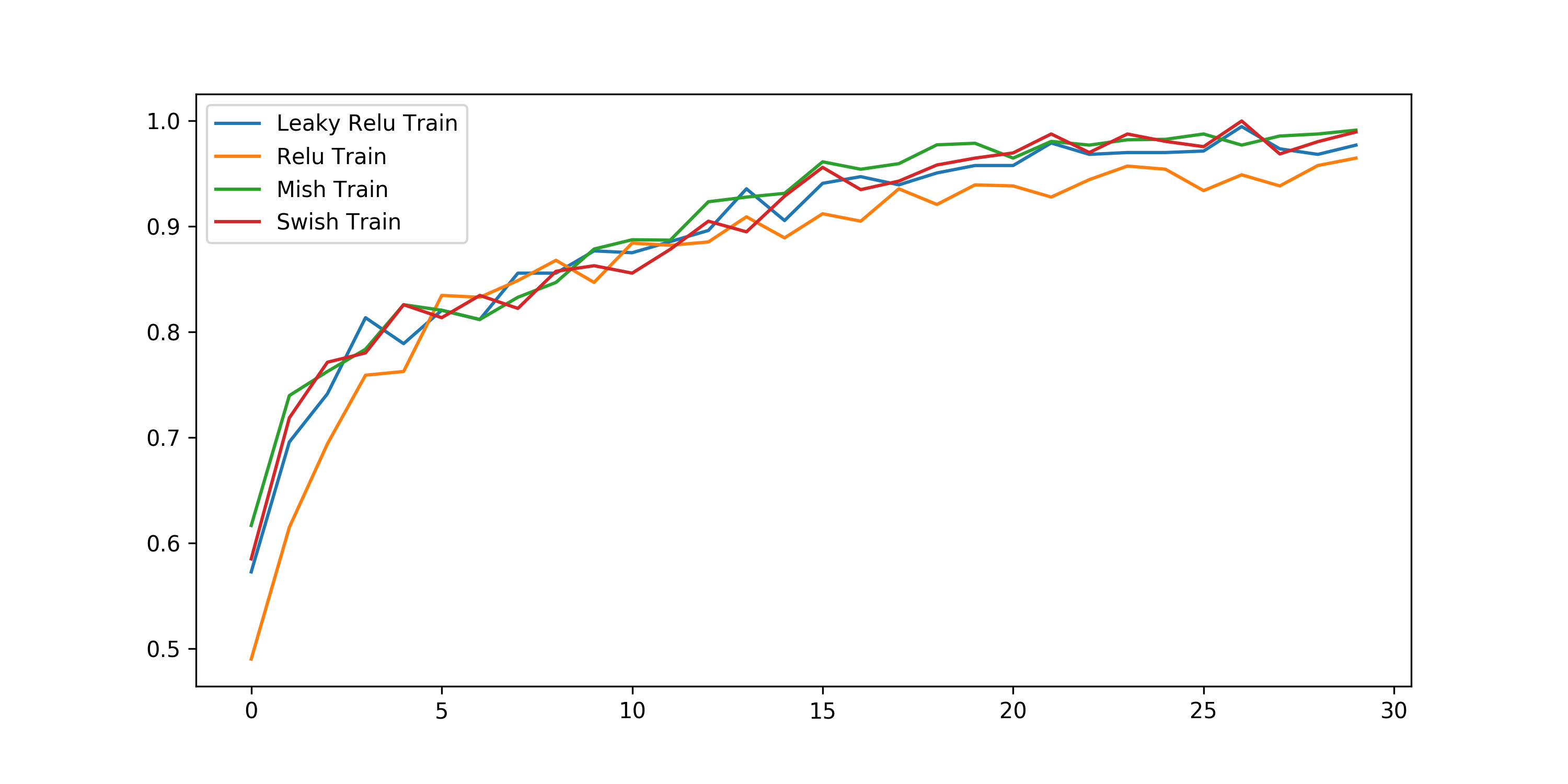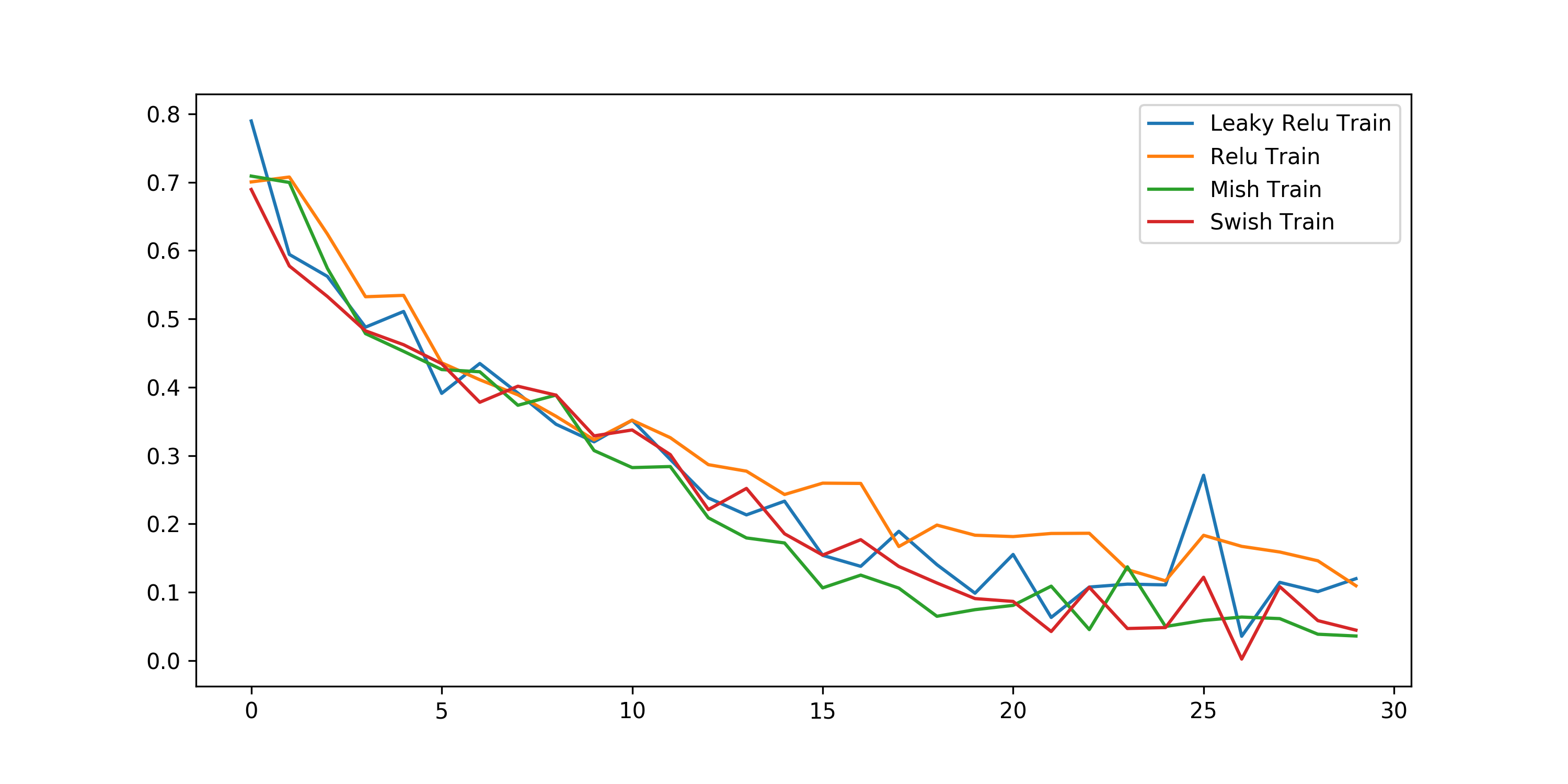The purpose of this repository is to explore different methods for creating an image classification algorithm (pothole detection).
Several activation functions are explored in custom nets:
- Relu
- Leaky Relu
- Swish
- Mish
Furthermore, EffecientNetB0 is additionally used and compared on how well transfer learning can be used. Finally, this model is finetuned by unfreezing its top layers after having initially trained the model.
The data used in this exercise are 681 images of roads that could either contain potholes or not. I have split the data into a training and validation set with 581 and 100 images respectively. Examples of these images can be found below:
The images are only normalized by dividing their rgb values by 255. Although the ImageGenerator allows for many different preprocessing options, I believed that could hinder results when comparing the activations. Moreover, they were resized to 150x150.
To compare different activation functions (Relu, Leaky Relu, Swish, and Mish), I made a straightforward custom CNN with different activation functions throughout.
The general structure of the cnn is as follows:

The models were trained with the following characteristics:
- Trained for 30 epochs
- Learning rate of .001
- Binary Crossentropy was used
- Accuracy as an objective measure
Interestingly, the results seem to indicate that Leaky performs worst across 30 epochs whereas all other activations seem to be performing better. Note, that this could be checked by using a Wilcoxon signed-rank test to test for the differences between the curves.
Next, this experiment is mostly exploring the effectiveness of using a very small network, namely EfficientNetB0, for solving the problem at hand.
Here, the process is as follows. First, we take EfficientNetB0 with pretrained weights and remove the top layer. Then, we add a global max poollayer and a dense layer for making predictions. The base model is then set so it cannot be trained in order to only train the newly added layers.
After doing so, we take a few layers below the newly added layers and make them trainable for finetuning the model.
Each step is trained for 30 epochs, with a learning rate of 2e-5 (RMSProp), and finally a Binary Crossentropy was used a loss function.
You can see that the curve of the results (accuracy) become higher when the upper layer were unfrozen and retrained. Although the final performance is not as high as the initial custom cnns, the model trains much faster and therefore is likely to more quickly reach a higher performance.



